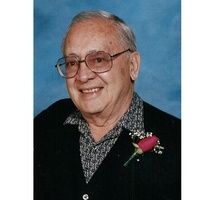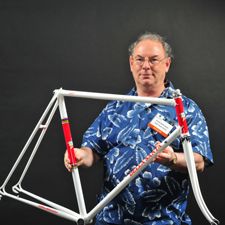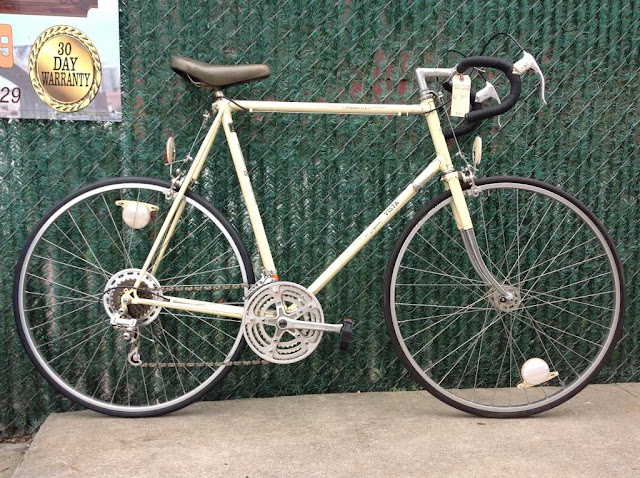 |
| Photo by Will Jones |
I can still remember the day I finally attained a full-Campagnolo Record-equipped bicycle.
My Trek 930 racing bike, made from Columbus SL tubing, had one last non-Campy part: Galli brakes. They were essentially lighter-weight Italian versions of late-1970s Dura-Ace. I'd bought them for another bike because the price was reasonable and they were gold anodized--which, I thought, looked really bad-ass on the bike which, like the Trek, was black.
One of the mail-order companies--Nashbar, I believe--ran a dead-of-winter sale on Campy and other stuff. I bought the brakes, for even less than I could have had them with my employees' discount (i.e., wholesale price) at Highland Park Cyclery, where I'd been working the previous season. Frank, the owner and head mechanic, said he didn't blame me for buying them at that price--$59.00, if I remember correctly. (They typically sold for around $80-100 in the early 1980s.)
Did the Campagnolo Record Brakes stop or modulate any more efficiently than the Gallis? No. But in those days, having a bike that was tutti Campagnolo was like having a book by your favorite writer inscribed and signed by that writer. Just as having such a volume wouldn't make you a better writer, having a set of components designed by Tullio himself, and made by little elves in Vicenza (all right, I know that's not true)--and, more to the point, ridden by nearly everyone in the professional peloton--didn't make you ride faster or break the wind for you. But it sure felt as if Campy's stuff--even his gold-plated corkscrew--held some sort of mystique.
Oh, and better yet, I had an all-Italian bike. Well, sort of. The Trek frame was made in the US--by Tim Isaacson--but, as I mentioned, from Columbus SL tubing (the lightest available at the time) in a more-or-less Italian style. Oh, and the French Mavic rims and Ideale 2002 saddle (my favorite racing saddle at the time), were "honorary Italian:" members of the peloton and rich Sunday riders alike rode them on their Campy-equipped machines. Ditto for the DT spokes.
Now, to be fair, Campagnolo Record components had a mostly-deserved reputation for performance and durability. To this day, I don't think a better traditional ball-bearing hub or bottom bracket has been made. While the brakes weren't the best at braking, and the cranks sometimes cracked under heavy use, they held up well for most riders and were beautiful.
But even if you never won--or entered--a race, having a Campagnolo Record-equipped bike gave you cred, to yourself and possibly to others who shared your obsession or were simply status seekers.
It's that last group of riders --or, in some cases, non-riders-- who, according to Will Jones, Davide Campagnolo (the grandson of founder Tullio) is courting. The Cycling News tech writer, in sighing, "meh!" to the Campagnolo's latest offerings, wondered about the company's direction, if any. He got his answer in Signor Davide's declaration that Campagnolo is becoming a "sports luxury" brand.
He's thus said the quiet part out loud. Although Campagnolo had a near-monopoly on the peloton for about two decades, many weekend cyclists bought their stuff as much for prestige as for performance. So, in that sense, for those who weren't racing or racking up thousands of miles every year, Campagnolo has been indeed a luxury brand.
Jones inferred that the emphasis will be on "luxury." That, to me, begs this question: How would whatever Davide is planning be different from, say, Armani or Versace offering bicycle clothing? Or Ferragamo cycling shoes or Gucci bike bags or other accessories?
Here is another indication that the emphasis will be on status and fashion: Last year, among World Tour teams (the ones that compete in the Tour de France, Giro d'Italia and other prestigious races) only AG2R-Citroen's bikes sported the Italian maker's components. This year, no World Tour team is riding them.



































